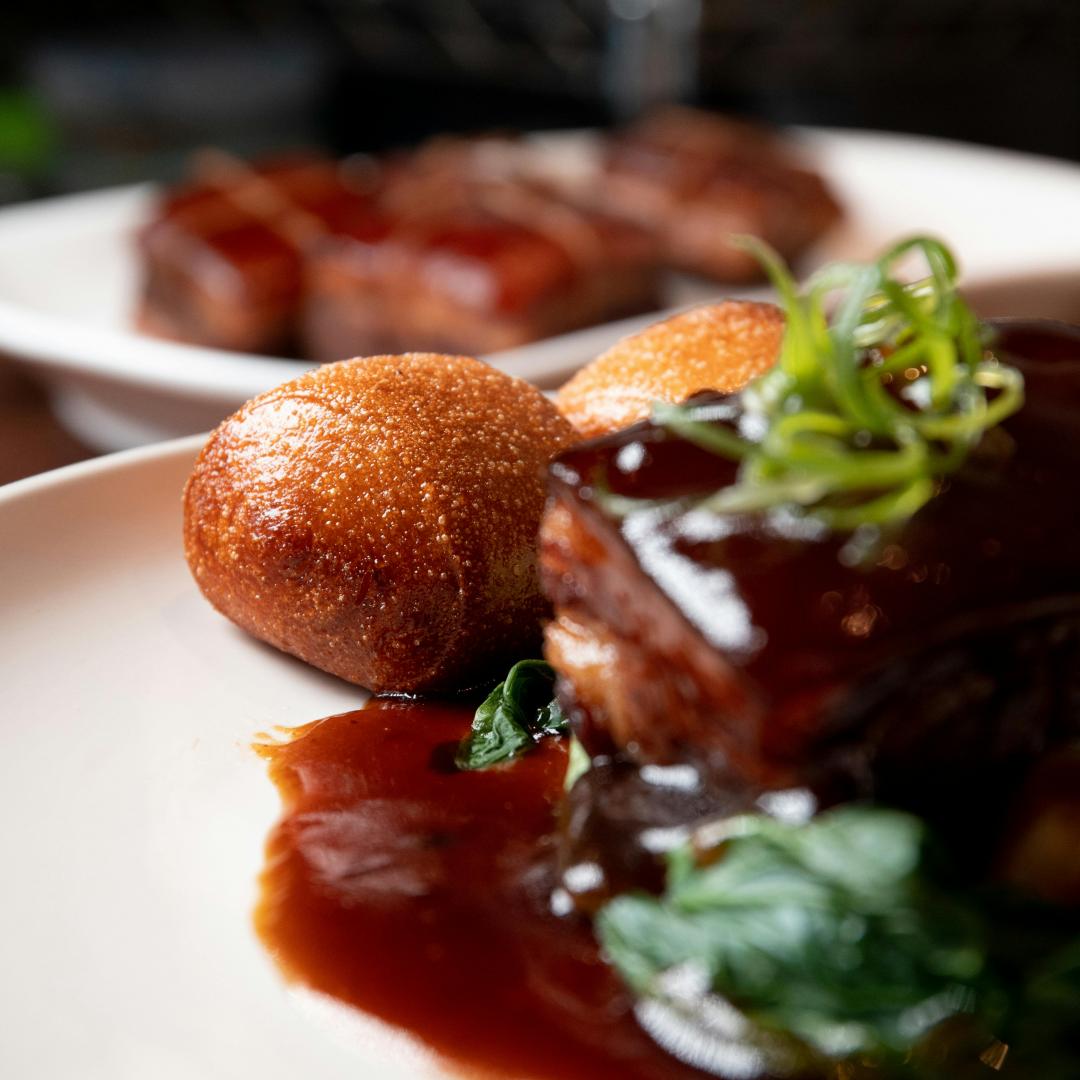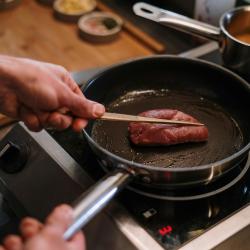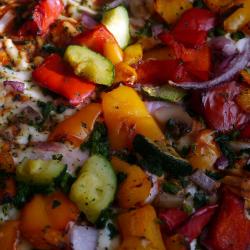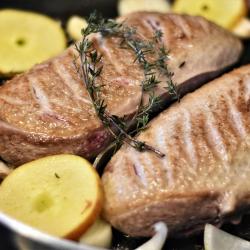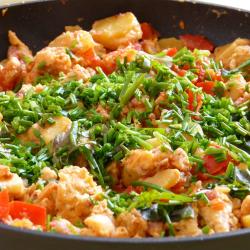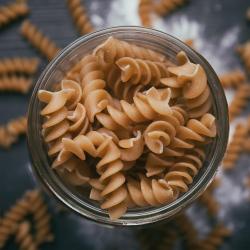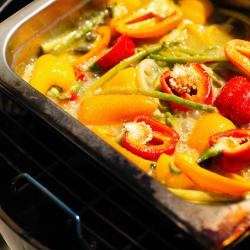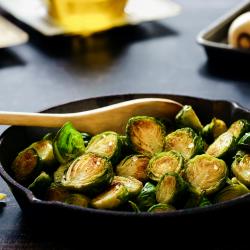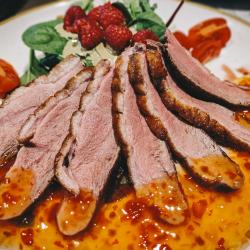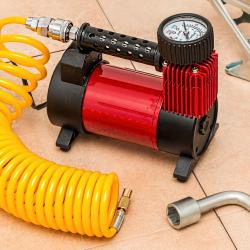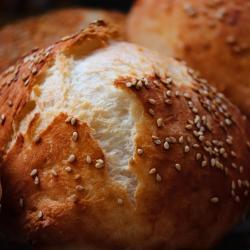Braising 101: How to Slow Cook for Tender, Delicious Results
Enter braising, a culinary technique that marries simplicity with sophistication, transforming humble ingredients into tender, flavor-rich dishes. Whether you're a novice in the kitchen or a seasoned chef looking to refine your skills, understanding the art of braising can elevate your culinary repertoire to new heights.
What is Braising?
Braising is a cooking method that involves slow-cooking food, typically meat, in a small amount of liquid in a sealed environment. This technique utilizes both dry and moist heat, as it begins with searing food at a high temperature and concludes with slow-cooking in liquid. This combination breaks down tough fibers in meat, resulting in tender, melt-in-your-mouth textures, and allows flavors to meld and intensify.
The Essentials of Braising
-
Choose the Right Cut: Braising shines with tougher cuts of meat that benefit from slow cooking. Think chuck roast, short ribs, pork shoulder, or lamb shanks. These cuts have more connective tissue, which breaks down beautifully over long cooking periods, delivering rich flavor and succulence.
-
The Perfect Pan: A heavy, oven-safe pot with a tight-fitting lid is essential for braising. Cast iron Dutch ovens are popular choices, as they maintain even heat and can transition seamlessly from stovetop to oven.
-
Searing for Flavor: Searing your meat before braising is crucial. This step develops a caramelized crust that adds depth and complexity to your dish. Ensure your pan is hot and avoid overcrowding to achieve a perfect sear.
-
Building a Flavor Base: After searing, deglaze the pan with a splash of wine, broth, or even water to lift all the flavorful bits stuck to the bottom. Add aromatic vegetables like onions, carrots, and celery, along with herbs and spices, to create a robust flavor foundation.
-
The Right Liquid Ratio: The liquid should come about halfway up the sides of the meat. Common braising liquids include stock, wine, beer, or a combination thereof. The liquid not only keeps the meat moist but also infuses it with flavor as it cooks.
-
Low and Slow Cooking: Once assembled, cover your pot and simmer on low heat or transfer it to a preheated oven (usually around 300°F/150°C). The slow cooking process can take anywhere from two to four hours, depending on the size and type of meat.
-
Finishing Touches: Once the meat is tender, remove it from the pot and reduce the braising liquid on the stovetop if desired. This will concentrate the flavors into a rich sauce. Adjust seasoning to taste.
Beyond Meat: Braising Vegetables and More
While braising is often associated with meat, it can also be applied to vegetables, tofu, and even legumes. Vegetables like cabbage, fennel, and leeks become wonderfully tender and flavorful when braised. The key is to adjust the cooking time, as vegetables require significantly less time than meats.
Braising Tips for Success
- Patience is Key: Resist the urge to crank up the heat. Patience ensures that the meat becomes tender without drying out.
- Experiment with Flavors: Don’t be afraid to experiment with herbs, spices, and different liquids to create your signature braised dish.
- Rest Before Serving: Allow the meat to rest briefly before serving to let the juices redistribute, ensuring every bite is juicy and flavorful.
Conclusion
Braising is more than just a cooking method; it's an invitation to slow down and savor the process of creating something truly delicious. By mastering the basics of braising, you open the door to a world of comforting, hearty dishes that warm the soul. Whether it’s a cozy family dinner or an impressive feast for guests, braising promises tender, delicious results every time. So, pull out that Dutch oven, gather your ingredients, and let the magic of slow cooking transform your kitchen into a haven of irresistible aromas and flavors.
